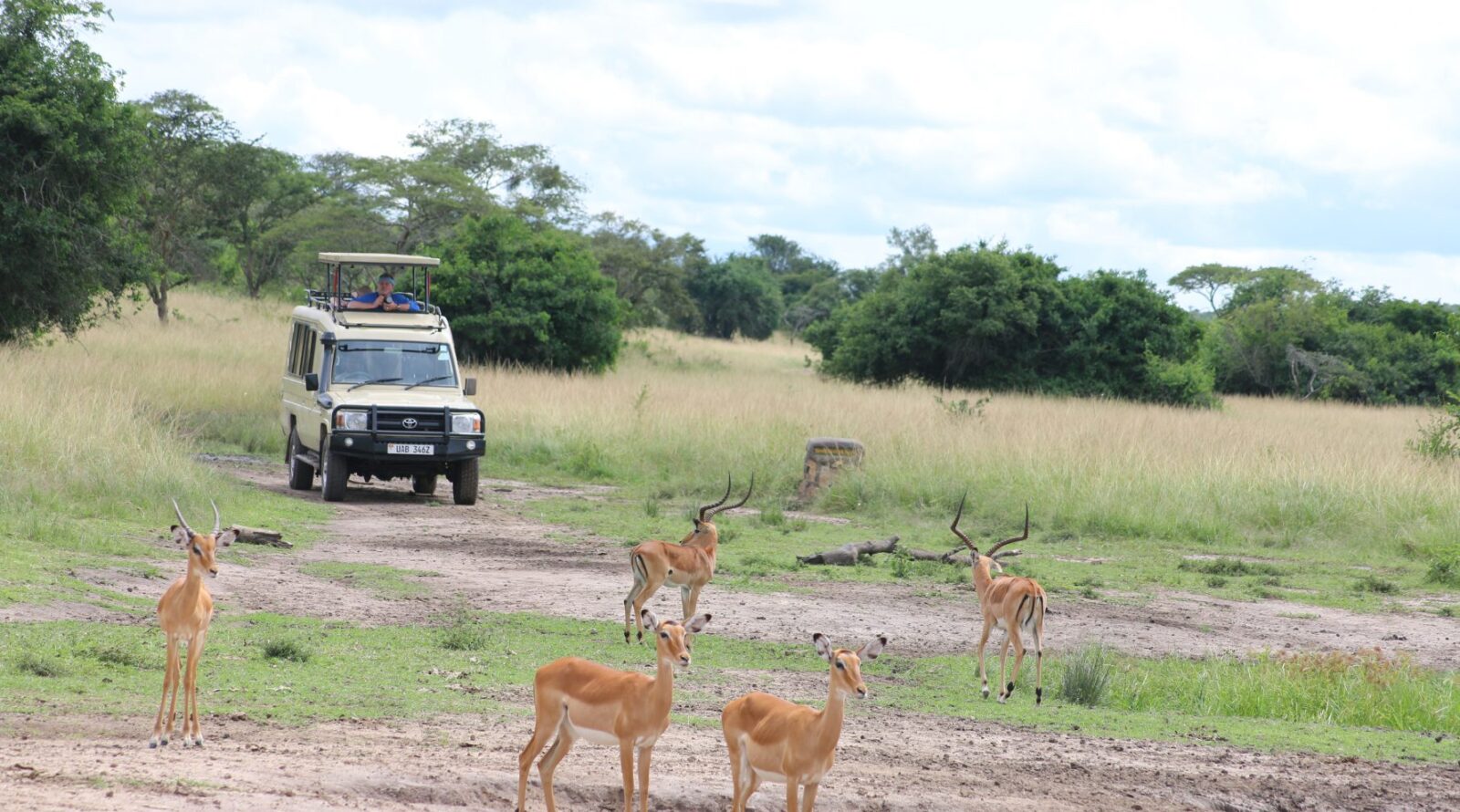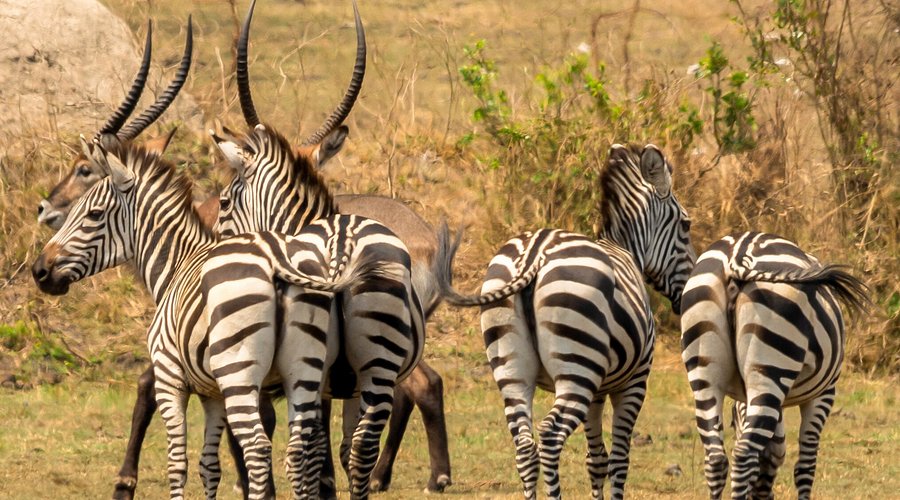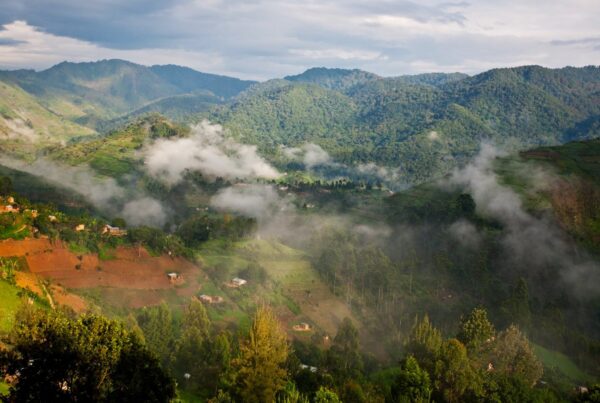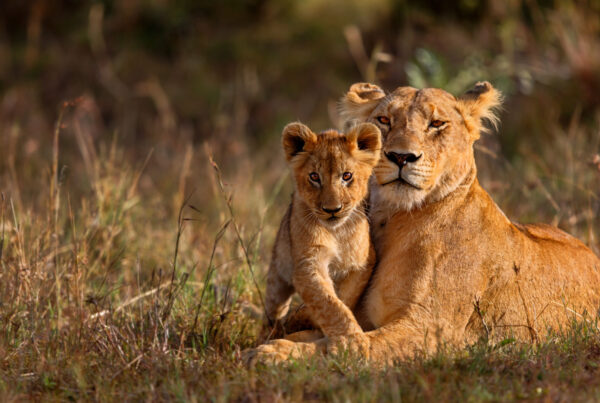Best Time to Visit Lake Mburo for Game Drives
The Ultimate Safari Timing
For travelers seeking an unforgettable safari experience in Uganda, Lake Mburo National Park offers a blend of intimate wildlife encounters, scenic landscapes, and cultural immersion that is unmatched in the region. The park’s compact size, diverse habitats, and unique species make it an ideal destination for game drives, but choosing the best time to visit is crucial to maximizing both sightings and comfort. Timing determines the visibility of wildlife, the accessibility of roads, and even the overall ambiance of the safari.
Lake Mburo, often overshadowed by larger Ugandan parks, has quietly emerged as a favorite among discerning travelers who seek close encounters with iconic species such as Burchell’s zebra, impalas, elands, and buffaloes. Beyond mammals, the park is also a haven for over 350 bird species, creating a dynamic environment for both birdwatchers and wildlife enthusiasts. Understanding the seasonal rhythms of the park allows visitors to plan safaris that reveal its richest experiences, ensuring that each game drive is both rewarding and unforgettable.
This article explores the best time to visit Lake Mburo for game drives, analyzing seasonal variations, weather patterns, wildlife behavior, and visitor considerations to provide a comprehensive guide for travelers seeking a seamless safari experience.
Overview of Lake Mburo National Park
Lake Mburo National Park, located in Kiruhura District, western Uganda, covers approximately 370 square kilometers, making it Uganda’s smallest savannah park. Despite its size, it boasts a remarkable variety of habitats, including rolling savannah plains, acacia woodlands, wetlands, and rocky ridges, all interspersed with lakes, the largest being Lake Mburo itself.
The park is home to a range of wildlife, including species found nowhere else in Uganda. Impalas, unique to this park, grace the plains alongside herds of zebras and elands. Predators such as leopards, hyenas, and jackals roam the woodlands, while buffaloes dominate the swamps and wetlands. Hippos and crocodiles inhabit the lakes, creating a balanced ecosystem where predator and prey coexist naturally.
The park’s diverse environments allow for multiple safari experiences, including traditional game drives, walking safaris, boat excursions, and horseback safaris, each revealing the landscape in distinct ways. However, the timing of visits significantly influences what can be observed, making the choice of season a central consideration for any safari planner.
Understanding the Seasons in Lake Mburo
Lake Mburo experiences two primary climatic patterns: wet and dry seasons. These cycles profoundly affect the accessibility of the park, animal behavior, and the quality of game drive experiences.
Dry Seasons
The dry seasons, spanning from June to August and December to February, are widely considered the best periods for game drives. During these months, rainfall is minimal, and temperatures remain moderate, creating ideal conditions for exploring the park.
Wildlife behavior is strongly influenced by the scarcity of water. Animals concentrate around lakes, rivers, and permanent waterholes, making them easier to spot. Herds of zebras, impalas, and elands gather near these sources, while predators such as leopards and hyenas take advantage of the congregated prey. The dry weather also ensures that roads remain accessible, reducing the risk of getting stuck in muddy tracks and allowing game drives to cover more ground efficiently.
In addition to animal sightings, the dry season offers crystal-clear skies and excellent lighting for photography. The park’s landscapes, with golden grasslands contrasting against bright blue lakes, appear particularly dramatic during this time, enhancing both visual and experiential quality for travelers.
Wet Seasons
The wet seasons, occurring from March to May and September to November, bring abundant rainfall that transforms the park into a lush, green paradise. Vegetation flourishes, creating striking scenery that contrasts with the dry, golden tones of other seasons. The wetlands expand, attracting migratory birds and increasing biodiversity, which is particularly appealing for birdwatchers and naturalists.
However, heavy rains can render some tracks slippery and less navigable, making game drives more challenging. Wildlife disperses across the park, reducing the predictability of sightings. Impalas, zebras, and other grazers spread out as fresh grasses become widely available, and predators follow them, often remaining concealed within dense vegetation. Despite these challenges, the wet season offers an experience characterized by vibrant life, abundant flora, and a quieter, less crowded atmosphere.
Wildlife Visibility and Behavior
Wildlife activity in Lake Mburo is strongly tied to water availability, food resources, and climatic conditions, all of which vary by season. During the dry season, animal movement is predictable, as herbivores congregate near water sources, allowing guides to anticipate sightings during game drives. This makes the dry months ideal for travelers seeking high-quality wildlife photography or extended periods observing specific species.
The park’s signature animals, including impalas and zebras, are particularly visible during dry months. Elands, with their towering frames, can be observed grazing openly, and buffalo herds frequently appear near swamps, creating dramatic safari scenes. Predators, though elusive, are more active in pursuit of concentrated prey, increasing the likelihood of witnessing hunting behavior.
During the wet season, the abundance of vegetation can obscure some animals, making sightings less frequent. However, this is offset by the presence of rare bird species, newborn wildlife, and migratory populations. Water levels rise, attracting hippos, crocodiles, and waterfowl, and the park’s scenery transforms into a lush canvas of green, offering a different type of photographic and immersive appeal.
Optimal Timing for Different Safari Activities
Lake Mburo offers a variety of safari experiences, each influenced by seasonal conditions.
Game Drives
Traditional game drives are most effective during the dry season, when animals gather near waterholes, roads are passable, and the likelihood of encountering predators is higher. Morning and late afternoon drives are recommended, as animals are most active during cooler hours. These times also provide the best lighting for photography, capturing the park’s wildlife and landscapes in their most vivid detail.
Walking Safaris
Walking safaris provide a more intimate perspective, allowing travelers to observe tracks, smaller mammals, and birds. These are best undertaken during the dry season, when ground conditions are stable and the risk of slipping or encountering impassable terrain is minimized. Walking safaris also benefit from the concentration of animals near water sources, offering closer encounters and opportunities for observation that cannot be achieved from a vehicle.
Horseback Safaris
Horseback safaris offer unparalleled closeness to wildlife and are facilitated by the park’s open savannah and gentle terrain. These experiences are most enjoyable in the dry season, when the trails are firm and horses can move freely. During the wet season, the trails may become slippery, limiting accessibility and making horseback exploration less comfortable.
Boat Safaris
Lake Mburo’s lakes provide a distinct habitat for aquatic species. Boat safaris are accessible throughout the year, but the wet season enhances water levels, creating an ideal environment for observing hippos, crocodiles, and abundant birdlife. Conversely, during the dry season, lower water levels may concentrate animals in certain areas, making them easier to locate but potentially limiting the navigable expanse of the lake.
Factors Affecting the Best Time for a Safari
Several considerations influence the choice of when to visit Lake Mburo for game drives beyond rainfall and animal behavior.
Accessibility is a primary concern. The dry season ensures that roads remain in good condition, reducing travel time and allowing vehicles to reach remote areas. Safety is another factor, as slippery roads during the wet season increase the risk of accidents or vehicle immobilization.
Tourism crowds also vary seasonally. Peak periods coincide with the dry season, meaning that accommodations and guided safaris may require advance booking. The wet season, however, offers fewer visitors, allowing for a more private and tranquil experience, albeit with the trade-off of potentially fewer wildlife sightings.
Personal preferences also matter. Travelers prioritizing photography and frequent wildlife encounters often prefer the dry season, while those seeking lush landscapes, birdwatching, and a quieter environment may find the wet season more appealing.
Observing Seasonal Animal Behavior
Understanding seasonal behavior provides deeper insights into wildlife experiences. During the dry months, many herbivores, such as zebras, impalas, and buffaloes, aggregate near permanent water sources, while predators take advantage of these concentrations for hunting. This increases the likelihood of observing interactions between predator and prey, a highlight of any safari.
In contrast, during the wet season, widespread availability of food allows animals to disperse, reducing visibility but providing opportunities to witness reproductive behaviors, such as calving or territorial displays. Birds respond similarly, with migratory species arriving to exploit the seasonal abundance of wetlands and aquatic prey. This diversity of behavior enriches the safari experience, even if sightings are less concentrated.
Recommended Safari Schedule
For travelers seeking optimal game drive experiences, a typical schedule would involve early morning and late afternoon drives, aligning with periods of heightened animal activity. During the middle of the day, temperatures rise, and many animals rest in shaded areas, reducing visibility.
Game drives can be complemented by walking safaris or horseback excursions in the dry season, offering more intimate encounters. Boat safaris can be scheduled during midday to capitalize on calm waters and concentrated aquatic wildlife. By combining different safari formats and timing them according to seasonal patterns, visitors can maximize their chances of observing the park’s signature species.
Timing Your Adventure
Lake Mburo National Park offers a safari experience rich in diversity, intimacy, and natural beauty. Choosing the best time to visit significantly enhances the quality of wildlife sightings, the ease of navigation, and the overall enjoyment of the park. While the dry season provides optimal conditions for game drives, walking safaris, and horseback experiences, the wet season offers lush scenery, abundant birdlife, and the chance to witness seasonal behaviors.
Regardless of the season chosen, the park’s unique species, scenic landscapes, and diverse activities ensure that every visit is memorable. To fully experience the magic of Lake Mburo and embark on expertly guided safaris, travelers are encouraged to book their Africa tours and safaris through WildHorn Africa, ensuring an unforgettable journey into Uganda’s wild heart.





 WildHorn Africa – Authentic and unforgettable tours across Africa, guided by local experts who know the land, wildlife, and culture best.
WildHorn Africa – Authentic and unforgettable tours across Africa, guided by local experts who know the land, wildlife, and culture best.


